 Ruddy Turnstone (Arenaria interpres)
Ruddy Turnstone (Arenaria interpres)
 Ruddy Turnstone (Arenaria interpres)
Ruddy Turnstone (Arenaria interpres) |
 |
| Pictures (click on them to enlarge) | ||
|---|---|---|
 © Tinus Knegt | 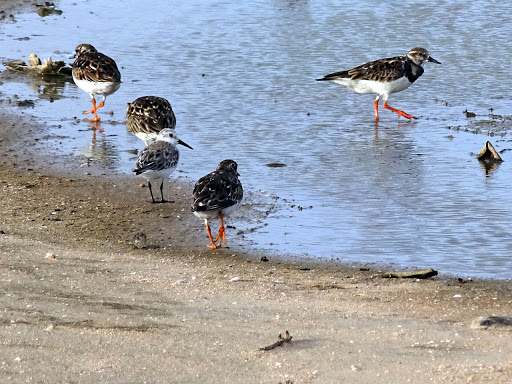 © Hans Majong | 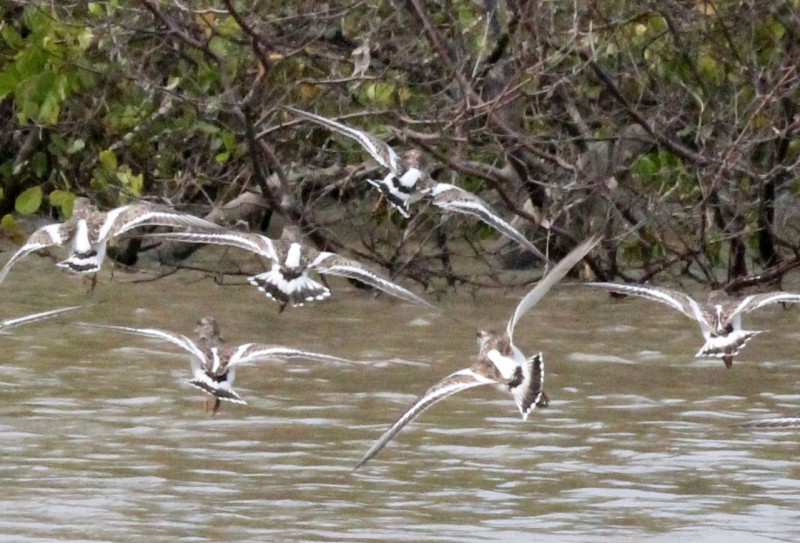 © Barbara Olmtak |
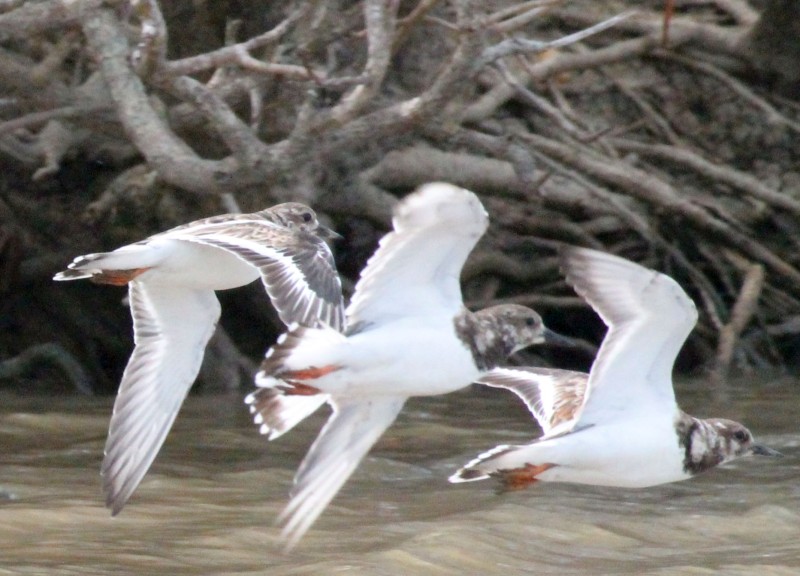 © Barbara Olmtak | 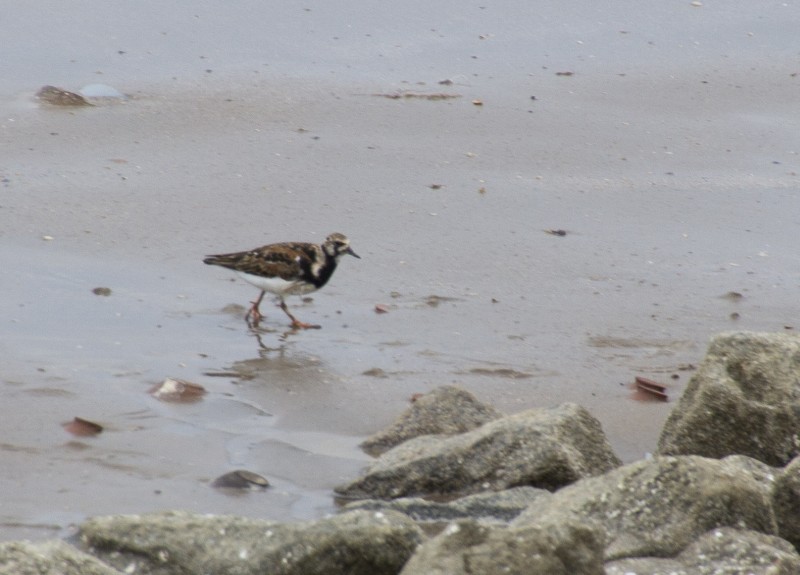 © Harry Valk | 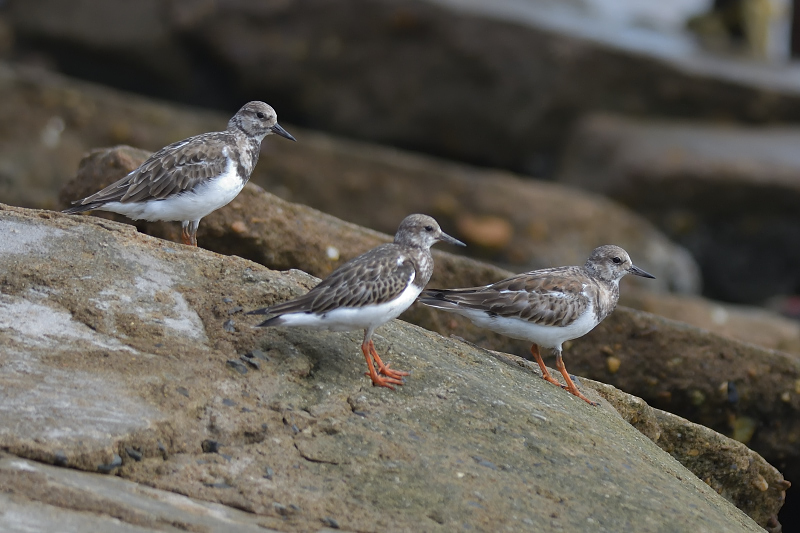 © Bert van den Broek |
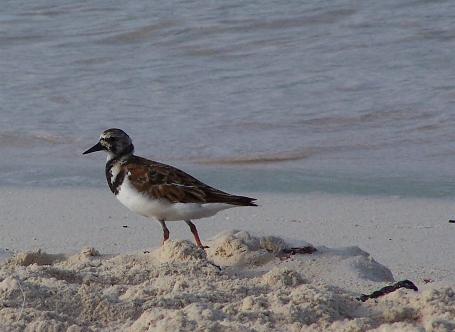 Aruba © Jan Hein Ribot |
| Ruddy Turnstones are easily recognised between other shorebirds by their black-and white head, orange legs and brown-black back. Still they are readily camouphlaged on the beach. Ruddy turnstones breed in Northern North America. They are present all year round in Suriname and birds seem to come through on migration to or from their breeding grounds, mainly in the months March to May and October to December. Groups of more than 100 birds were reported for April, May and December. Photo of three Ruddy Turnstones with colorful legs, made by Tinus Knegt in Suriname, made at the zeedijk in Nickerie in November 2008. Then a photo by J.H. Ribot from Aruba, May 2008. Dominiek Plouvier made a video of some Turnstones and Yellow-billed Terns and a Dowitcher. |
| Video (click the link or the 'play'-button to see) | ||
|---|---|---|
| Video recording of a Ruddy Turnstone © ; |
|
|
||||||||||||||||||||||||||||||||||||||||||||
| Observations through the year | Observations of breeding through the year |
|---|---|
| The 251 reported observations of this bird in Suriname, mainly for the last 50 years up to 2018, have been grouped by month. More birds on one day are counted as one observation. Of course, if the graph should depict the total number of birds seen, the differences between the months could be much more pronounced. | The reported breeding observations of this bird in Suriname. Most observations are about nest with eggs, some about fledglings, or feeding at a nest or the building of a nest. Of the about 5000 nests and eggs found for all species together, about 1/3 comes from the egg collection of Penard between 1896 and 1905. For some reason most collecting then was done in the first half of each year, so the shown distribution does not necessarily reflect the actual breeding preferences. The main dry season in Suriname is reckoned to be from half August to the end of November, the main wet season from half April to half August, but the the timing of begin and end does vary from year to year. Around March a second dry season often occurs. |